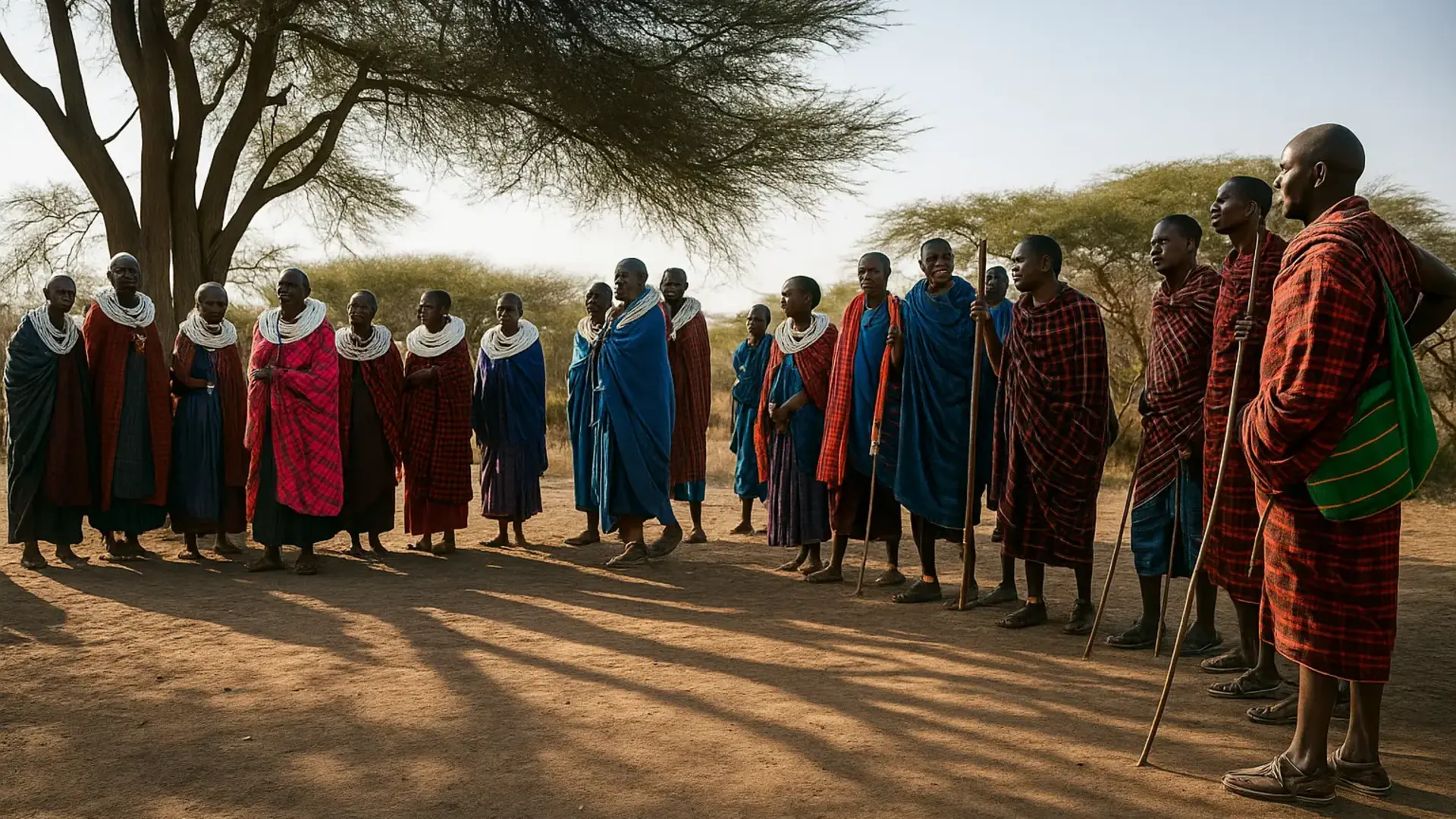
When someone hears about Kenya, they often think of beautiful wildlife, safaris, or the Great Rift Valley. But beyond its landscapes and tourist spots, Kenya holds something even more powerful—its people. Kenya is home to 42 officially recognized tribes, each with its own language, customs, traditions, and lifestyle.
This mix of tribes is not just about numbers. It’s what makes Kenya colourful, lively, and deeply rooted in culture. The best part? Even with such diversity, Kenyans have found a way to live in unity, celebrating each other while holding on to their identity.
What Does “42 Tribes” Really Mean?
When we say Kenya has 42 tribes, we mean it has 42 ethnic communities, also called ethnic groups. These tribes have existed for hundreds of years. Some tribes speak their own language, have special ways of dressing, and practice unique customs that have been passed down through generations.
While the number 42 is official, the reality is even more complex. Some people count additional sub-tribes, and today, there are even inter-tribal families. In cities like Nairobi or Mombasa, it’s common to find people from different tribes living together as neighbours, working in the same offices, or even marrying each other.
The Major Ethnic Groups in Kenya
Out of the 42 tribes, a few are larger in population. Here are some of the most well-known communities:
Other Beautiful Tribes You Should Know
Each tribe has its own stories, songs, beliefs, and food. Together, they create a rich cultural heritage that Kenya is proud of.
Language: The Bridge That Connects
Each Kenyan tribe has its own language. But in daily life, most Kenyans speak Swahili (Kiswahili) and English. Swahili is the national language and is used in schools, shops, media, and government. This shared language allows people from different tribes to communicate and connect easily.
Unity in Diversity
With so many tribes, unity can be a challenge. But Kenya has shown strength in staying together. National celebrations like:
...bring people together. So do sports events and shared national moments — joyful or painful. Kenyans often stand united beyond tribal lines.
Today, many young Kenyans grow up in urban areas, attend mixed schools, and marry across tribes. Tribal divisions are fading among the youth.
Tribal Practices That Still Live On
While cities are becoming more mixed, many rural areas still follow tribal traditions. Here’s how tribal customs are kept alive:
Even schools teach about all 42 tribes in social studies and history classes.
Why It Matters Today
In today’s global world, knowing your roots is powerful. Kenya’s 42 tribes are not just tradition — they’re a source of identity, tourism, art, music, and economic opportunity.
From Maasai beadwork to Kamba carvings, from Luo music to Swahili food, Kenya’s culture attracts global interest and strengthens national pride.
Kenya’s 42 tribes show that diversity is a gift. Each group adds a different thread to the national fabric. Together, they form a united and beautiful nation.
Whether you're Kenyan or visiting, take time to learn about the tribes. Attend festivals, try traditional foods, and listen to local music — because to truly understand Kenya, you must understand its people.